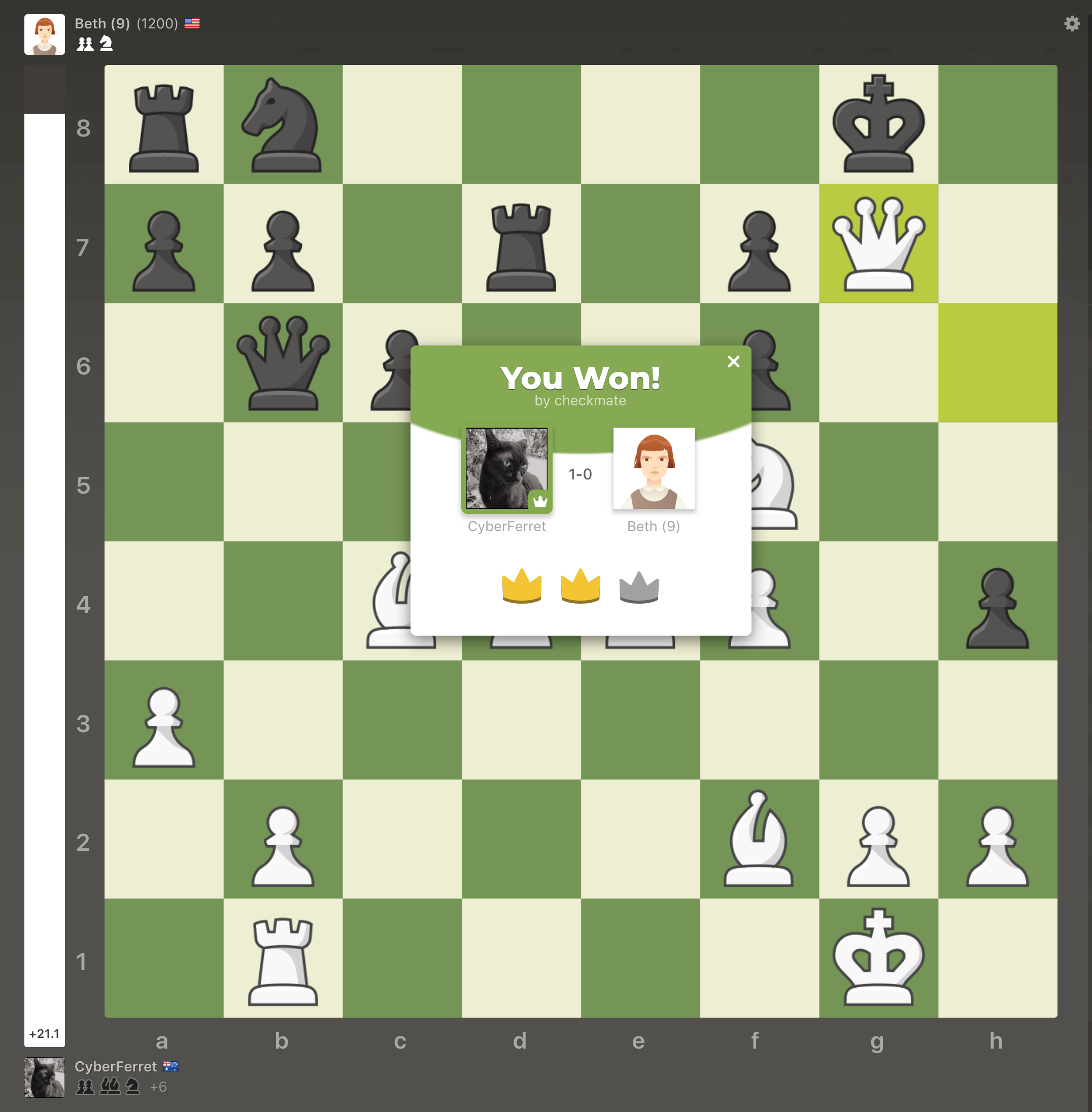Someone once told me that the ideal size for a human community is something in the order of 500 people. Apparently that was the average size of a village or community back in the day, and it meant that every person pretty much knew everyone else. Neighbours would know each other and look out for one another when they were sick or in need. Anyone who tried to misbehave or act out was generally known, and quickly brought back into line by the collective, because everyone had a stake in the wellbeing and survival of the community.
Yesterday I was introduced to a new 'game' online at paperplanes.world (Tip: Visit it on your mobile browser). It is a beautifully designed, simple site which lets you make paper planes, stamp them with your location and 'launch' them out into the internet. You can also 'catch' planes that others have launched, look at where they have been by the stamps on it, then stamp it with your own location and relaunch it back into the virtual skies again.
It is fascinating to see where some planes have been in their travels, and also exciting to see where you planes will end up.
A deceptively simple game, but it was all the more engrossing to me, as it took me back to my childhood loves of building, discovering and connecting with others.
When I first signed on to the game yesterday, there were around 100,000 planes flying around this virtual world. I launched a few, and caught many. Most of the ones I caught were filled with stamps, showing the number of people who had caught it in the past.
But today when I went back online, there were around 400,000 planes flying around. Quadruple what it was yesterday. I caught a few planes, but noted that nearly all of them had only one stamp - from the originator who built and launched the plane in the first place.
Somewhere along the line, the balance tipped. When I started, I felt an instant connectedness to the others playing the game, because the planes I launched had a good chance of being caught, and the planes that I caught had been stamped by so many others.
But now, any planes I launched into the ether would likely just buzz endlessly around the world, lonely and ignored in the huge stream of lost and lonely paper planes. That connectedness that I once experienced is now severely diluted in the increasing noise.
I can only imagine that the players who started in this game when there were only a few hundred planes flying around would have a different argument - that they were catching the same planes over and over again, and had little chance of seeing a plane from the other side of the world.
I feel exactly the same when it comes to social media platforms like Twitter, Instagram or Medium.
The early days of the platform means that what you say is easily visible to other early adopters, and the feedback and conversations you have will be meaningful and rich. But over time, the increasing crowds initially is exciting, as you perceive your audience and reach growing, but there comes a time when your uniqueness and individuality (and sense of self importance) within that ecosystem is simply diluted away to something generic.
That is why, in my latest startup SaaS app, I am not going for large numbers of users, but rather a quality community. We recently removed our free plans to further accomplish this goal. I am proud when asked, to say that my users number in the hundreds, instead of six or seven figure mark. At this stage I still know virtually all my users by name, and support tickets can still stay personalised and friendly. My users are not statistics on a spreadsheet. They are part of my village.
As for the paper planes game, I have changed my thinking there too. I no longer make and launch planes into the already crowded skies. Nowadays I am happy to simply capture other people planes, stamp them and send them on. I now relish catching planes with only a single stamp on them, because I feel that when I stamp them and send them on, in effect I am saying "This lonely plane matters, and I hope it has a great journey". Somewhere in the world, someone will check their stats on their launched planes, and I hope it gives them a brief spark of connection with a guy in remote Australia.






